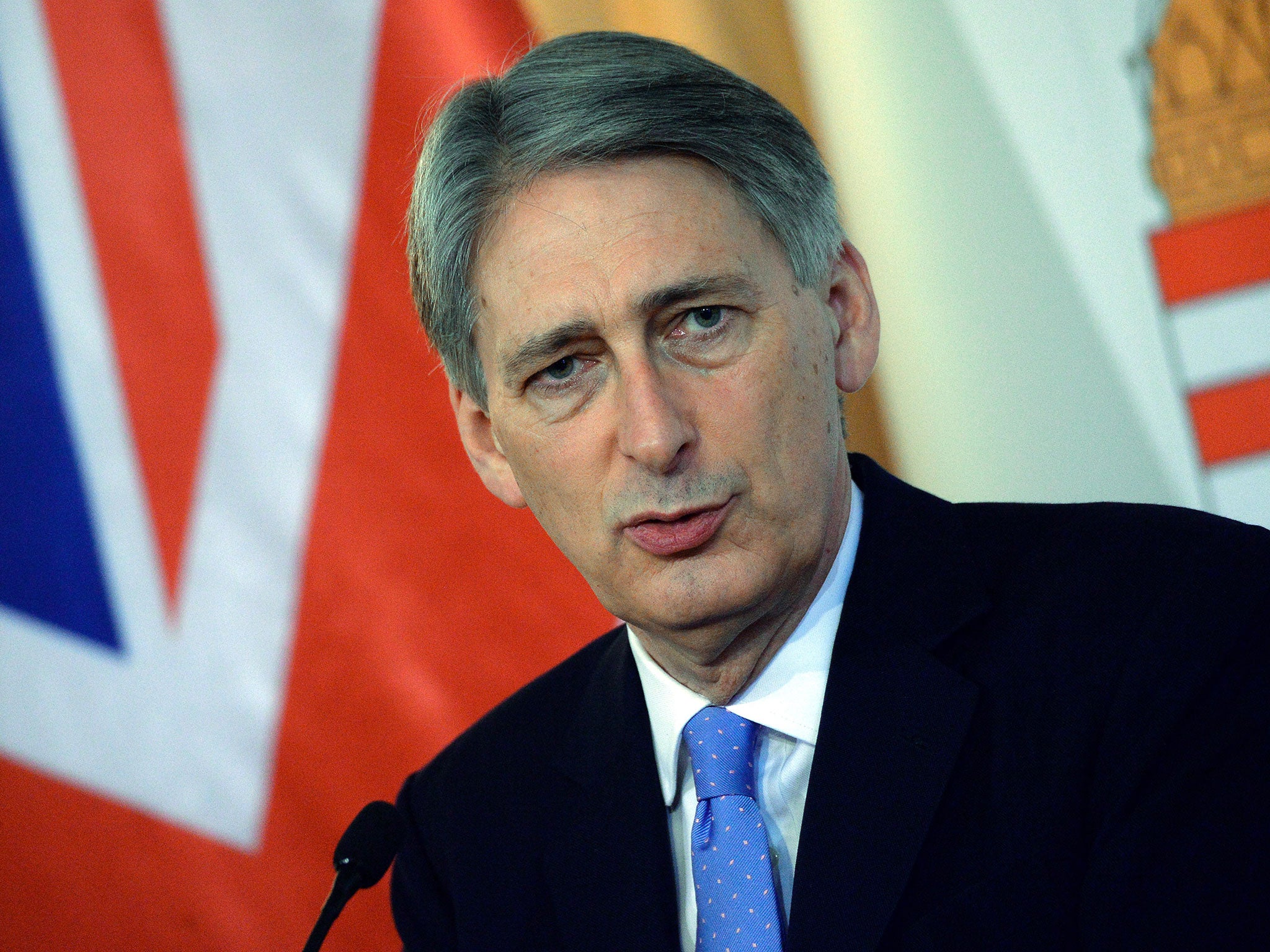This is what Philip Hammond should promise in his first post-Brexit autumn statement as Chancellor

Don’t kick a man while he’s down, they say. A pity we don’t offer similar protection for economies. Britain never fully recovered from the global financial crisis, but now, as the latest batch of dismal business surveys makes clear, the country is being knocked back to the canvas by a Brexit shock.
How should policymakers respond? Stimulus is the right answer. The slump in sterling since 23 June will, in time, push up prices by making imports more expensive, but the inflation rate is still well below the Bank of England’s 2 per cent target and the public’s expectations seem well anchored meaning there is little prospect of a damaging inflationary spiral.
Even if we do not relapse into outright recession, there is a strong danger of the UK growth rate falling below its potential, implying less employment, more constraints on wages and general economic wastage. We really don’t need that when average real wages are still well below 2008 levels and so many people, despite the record employment rate, have fewer hours of work than they would like.
So what sort of stimulus do we need? Monetary or fiscal?
The Bank of England can – and probably will – cut interest rates next month from their already extremely low level of 0.5 per cent in order to cushion the blow. But as the Bank’s Governor, Mark Carney, made clear in a speech immediately after the vote result, monetary policy alone cannot be expected to ride to the rescue when borrowing costs are already so low. Fiscal policy needs to play its part too.
Thanks largely to the former Chancellor George Osborne, we are currently in the midst of a significant demand squeeze. In the March Budget, Osborne laid out plans to cut the cyclically-adjusted budget deficit by just under 1 per cent of GDP in this current financial year and by a similar amount in the following two. That represented a pretty serious headwind to growth, even before the Brexit gale. It’s time to suspend those plans to make major inroads unto the budget deficit – something the new Government, mercifully, seems to have accepted.
There is ample space for this policy shift. The self-important credit rating agencies have downgraded the UK again in the wake of the Brexit vote but, in a vivid illustration of the economic irrelevance of these bodies, the UK’s 10-year market borrowing rate has dipped below 1 per cent as nervous investors have still piled into safe haven assets such as UK Government bonds. Adjusted for inflation, it costs the British state less than nothing to borrow.
But the case for fiscal stimulus goes beyond merely allowing the so-called “automatic stabilisers” of higher borrowing to kick in as the economy slows. We should have a discretionary stimulus on top to prop up demand.
What form should it take? In 2008, during the post-Lehman Brothers collapse recession, the Labour Government of Gordon Brown went for a temporary VAT cut to support aggregate expenditure. That helped. A much better move this time would be to ratchet up state infrastructure spending.
Infrastructure spending has a bigger bang-for-buck economic impact than consumer tax cuts according to the rules of thumb used by the Treasury’s very own watchdog, the Office for Budget Responsibility. The economic modellers at Oxford Economics estimate that this kind of discretionary fiscal boost could largely pay for itself by generating additional tax revenue and “crowding in” investment from nervous private firms.
The political ground has been well prepared. Two politicians who were, until very recently, in the Cabinet, Sajid Javid and Stephen Crabb, both earlier this month advocated a big increase in state spending on rail electrification, social housing and faster broadband, among other things, to help Britain over the Brexit-vote economic hump. So what could possibly stand in the way of such a sensible and timely fiscal stimulus?
The answer is: the Treasury. Behind the scenes, Treasury officials are likely to be steering the hand of the new Chancellor, Philip Hammond, away from the infrastructure lever. We know this because we’ve heard it from the horse’s mouth.

In a remarkable speech in February, the outgoing chief secretary to the Treasury, Sir Nicholas Macpherson, scoffed at what he labelled “the mythical shovel-ready infrastructure project" saying the “inexorable growth in planning law and wider regulation” had made it simply impossible to fire up such capital spending projects in times of economic stress. Yet the mythology here is of the Treasury’s own making.
The International Monetary Fund argued back in 2013 – when the UK economy seemed to be slowing rapidly during the eurozone crisis – that the Treasury should implement a carefully targeted infrastructure-based fiscal stimulus. The Treasury came out with exactly the same “shovel-ready” objection then. If there is nothing shovel-ready now, three years on from that IMF advice, it is because the Treasury has failed to get it ready; a rather gross dereliction of responsibility.
More likely it’s simply an excuse for inaction, borne of an institutional aversion to discretionary increases in state capital spending. And it doesn’t wash.
The Treasury’s own “National Infrastructure Delivery Plan” document, published in March, outlines almost half a trillion pounds worth of UK capital spending needs, comprising 600 separate projects. A planned electrification project for the Manchester to York railway had to be paused and then delayed last year, probably due to a lack of government funds. Why can’t that project, to pluck one, be returned to its original timetable?
There is ample scope to extend existing spending plans to bolster the nation’s flood defences (plans which already looked inadequate), and to ramp up the state’s role in delivering new affordable houses to help solve the housing emergency.
This is the right stimulus package for the post-Brexit Autumn Statement. If ideologically-hidebound Treasury civil servants insist on telling Hammond there is nothing “shovel-ready” the new Chancellor should make it clear to them they risk digging the grave of their own career prospects. No more excuses.

Join our commenting forum
Join thought-provoking conversations, follow other Independent readers and see their replies
Comments